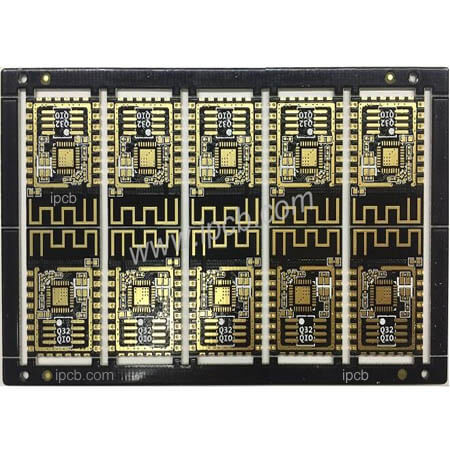Fpc plating in PCB
Thickness of FPC electroplating When electroplating, the deposition speed of electroplated metal is directly related to the electric field strength
1. The pre-treatment of FPC electroplating. The copper conductor surface exposed by the FPC after the coating process may be contaminated by adhesive or ink, and there may also be oxidation and discoloration due to high-temperature processes. If you want to obtain additional A well-focused compact coating must remove the contamination and oxide layer on the surface of the conductor to make the surface of the conductor clean.
However, some of these pollutions are very strong in combination with copper conductors and cannot be completely removed with weak cleaning agents. Therefore, most of them are often treated with a certain strength of alkaline abrasives and brushing. The covering adhesives are mostly ring Oxygen resins have poor alkali resistance, which will lead to a decrease in bonding strength. Although it will not be visible, in the FPC electroplating process, the plating solution may penetrate from the edge of the covering layer, and the covering layer will peel off in severe cases. .
In the final welding, the solder penetrates under the covering layer. It can be said that the pre-treatment cleaning process will have a significant impact on the basic characteristics of the flexible printed circuit board F{C, and full attention must be paid to the processing conditions.

2. Thickness of FPC electroplating During electroplating, the deposition speed of electroplated metal is directly related to the electric field intensity, and the electric field intensity varies with the shape of the circuit pattern and the position relationship of the electrode. Generally, the thinner the wire width, the more the terminal part of the terminal. Sharp, the closer the distance to the electrode, the greater the electric field strength, and the thicker the coating at this part.
In applications related to flexible printed boards, there is a situation where the width of many wires in the same circuit is very different, which makes it easier to produce uneven plating thickness. In order to prevent this from happening, a shunt cathode pattern can be attached around the circuit., Absorb the uneven current distributed on the electroplating pattern, and ensure the uniform thickness of the coating on all parts to the greatest extent.
Therefore, efforts must be made in the structure of the electrode. A compromise is proposed here. The standards for parts that require high coating thickness uniformity are strict, while the standards for other parts are relatively relaxed, such as lead-tin plating for fusion welding, and gold plating for metal wire overlap (welding). High, and for the lead-tin plating used for general anti-corrosion, the plating thickness requirements are relatively relaxed.
3. The stains and dirt of FPC electroplating The state of the plating layer that has just been electroplated, especially the appearance, there is no problem, but soon there will be stains, dirt, discoloration, etc. on the surface, especially the factory inspection did not find anything It's different, but when the user checks the reception, it is found that there is an appearance problem. This is caused by insufficient drifting, and there is residual plating solution on the surface of the plating layer, which is caused by the slow chemical reaction after a period of time.
In particular, PCB flexible printed boards are not very flat due to their softness. Various solutions are prone to accumulate in the recesses, which will then react and change color in this part. In order to prevent this, not only must be fully drifted, but also Carry out sufficient drying treatment. The high temperature thermal aging test can confirm whether the drift is sufficient.